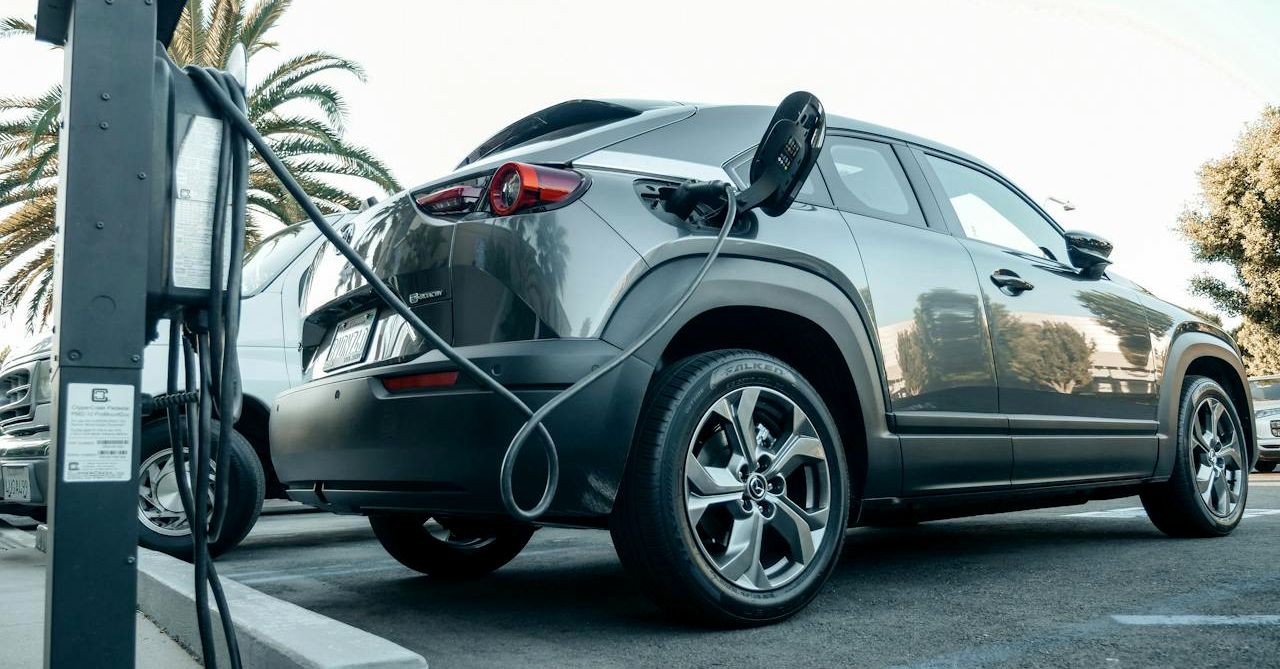
January 26, 2024
2024 Auto Industry Trends and Predictions: What Dealers Need to Know

Looking ahead to 2024, the future of the automotive retail industry is continuing to face evolving challenges – and new opportunities. With inventory challenges largely in the rearview mirror, auto dealers are once again finding themselves in a landscape where adaptability and proactivity are key.
To navigate future trends in the automotive industry – from changing product mixes to evolving customer demands and buying behaviors – dealers need to take a proactive approach.
To adapt and succeed, dealers need to know what likely lies ahead, including the market outlook and sales forecast, inventory trends and pricing strategies and how changing car buying behaviors are influencing OEM incentives and product mixes.
Market Outlook and Sales Forecast
Heading into 2024, the automotive industry was projected to experience a modest increase in sales, reflecting a cautious yet optimistic environment. According to S&P Global Mobility, U.S. sales volumes are expected to reach 15.9 million units in 2024, an estimated increase of 2.0% from the projected 2023 level of over 15.4 million units.
To capitalize and fully maximize this expected modest growth, it’s crucial that dealers understand their unique market. By understanding and anticipating customer behaviors, dealers can proactively engage with them, offering personalized experiences that are more likely to convert into car sales.
Predictive marketing technology enables dealers to gain a competitive edge, enabling them to identify potential buyers early in their decision-making process and tailor their marketing efforts to meet these customers’ specific needs and preferences.
Inventory Trends and Pricing Strategies
While inventory levels are improving, dealers now face the challenge of adapting to more varied and changing product mixes.
Headed into 2024, dealers’ advertised inventory levels continued to climb to about 2.3 million units as of December 2023, a 60% year-over-year increase from 1.4 million units, according to S&P Global Mobility. This surge was supported heavily by the Compact SUV segment, according to S&P Global Mobility analysis, as well as the continued development of new EV models.
By the end of 2024, there will be nearly 100 BEV models available, according to S&P Global Mobility, doubling the total number available in 2022 – and covering several more segments. To effectively move the aging inventory sitting on their lot, dealers need to take a dynamic and targeted approach.
Predictive marketing technology fueled by comprehensive sales and inventory data, enables dealers to identify which customers are most likely to be interested in their existing inventory. From here, dealers can prioritize and deploy personalized marketing campaigns that reach buyers at the right time, with the right messaging, to efficiently sell vehicles before they sit on the lot too long.
Embracing Future Electric Vehicle Sales
With electric vehicle (EV) models covering more segments, they’re also providing customers interested in electric vehicles with more choice. In 2023, battery electric vehicle (BEV) sales topped 1.1 million units for the first time, representing 7.2% of all new light vehicles sold, according to NADA Data.
This shift towards electrification is pushing proactive sales teams to shift their sales strategies. Dealers need to take a customer-centric approach to selling EVs, addressing common misconceptions and offering personalized reasons why buyers may want to switch.
Leveraging predictive marketing technology is key to this process, enabling dealers to engage and convert customers based on their unique buying preferences. For example, Mastermind’s new EV Behavior Driver enables dealers to identify who is most likely to buy an electric vehicle and helps inform sales pitches with personalized talking points tailored to each buyer based on the vehicle they own, demographic info and more.
State of Leasing & OEM Incentives
After falling to historic lows during the pandemic, data from AutoCreditInsight from S&P Global Mobility and TransUnion shows that leasing penetration has scarcely recovered, rebounding to just 20.3% by the end of 2023. According to analysis from S&P Global and Transunion, leasing is predicted to recover alongside inventory normalization, price stability and declining interest rates. But at the current rate, analysts warn that could take years.
Today, lease payments are on par with what finance payments were a few years ago, leading to a trend where consumers favor longer-term financing for new vehicle purchases. However, the lease programs naturally lend themselves to increased customer loyalty, with 79% of consumers who lease again remaining make-loyal.
Dealers need to proactively identify and engage lease customers to retain their business. This includes engaging customers to build a personalized end-of-lease action plan to prevent buybacks and defections when it comes time to return their lease.
—-
Adapting to Automotive Industry Trends
As the automotive industry continues to evolve, 2024 marks a year of pivotal change and new opportunities for auto dealers. Dealers need to be prepared to navigate an environment shaped by modest sales growth, increasingly varied inventory – including new EVs – and lingering challenges related to OEM incentives and pricing.
By understanding changing consumer buying behaviors and leveraging intelligent technology, dealers can tailor their business model to meet buyers’ evolving needs. This includes harnessing data-driven insights to personalize marketing efforts, optimizing inventory to align with customer preferences, and staying ahead of the curve in electric vehicle offerings.
By taking this sort of proactive approach, dealers can turn challenges into new opportunities, growing in 2024 and beyond.
Interested in learning how Mastermind can help your dealership stay a step ahead of changing customer preferences? Contact us for a free demo.


